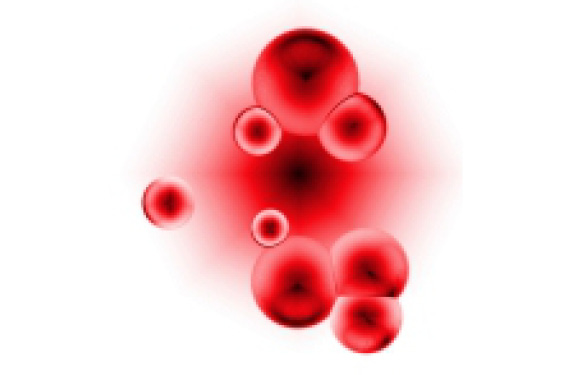Cardiovascular diseases (CVD) are one of the the primary causes of morbidity and mortality worlwide. Therefore, more accurate Blood cardiac biomarkers (CB) are needed for a correct handling of patients, at the diagnostic and prognostic level. CVDs are a myriad of diseases with different molecular mechanisms, so it is important to have CBs specific for each pathology.

Biomarkers are a significant tool to better identify high-risk individuals, to diagnose disease conditions promptly and accurately, and to efficiently prognose and treat patients with disease. Circulating biomarkers, such as miRNAs, have been used in other fields (e.g. Oncology), but their use in clinical practice for CVD patients is still scarce.
An ideal biomarker should have a high sensitivity and specificity, be detected in blood or serum (or even urine or saliva), a low detection limit, a reasonable assay time and the ability to be measured quantitatively in a cost-effective manner. miRNAs fulfill all these criteria oftentimes, making them the ideal choice…always that they are known.
Having a look at the bibliography, some miRNA markers come up. For example, miR-208a and miR-499 are expressed particularly in heart muscle tissue, whereas miR-1 and miR-133 are also found in injured skeletal muscle. These miRNAs are highly expressed in the cardiac muscles and seem to be involved in heart development and myocyte differentiation. The cardiac muscle cells express miR-126-3p, miR-30c and miR-26a in addition to miR-1, let-7 and miR-133.19
Role of miRNAs seems to be vital for cardiac development. For example, abnormal miR-1 levels are associated with cardiac defects, like arrhythmias, ventricular septation dysfunction, cardiac hypertrophy and myocyte hyperplasia. Arrhythmias are also dependent on altered miR-133 expression, whereas miR-21, miR-133, miR-195 and miR-208 are involved in cardiac hypertrophy.
miRNAs included in exosomes are another source of biomarkers, which has not been fully explored yet for CVDs. The 3D Technology by Toray, offered by tebu-bio laboratories, allows to profile the most updated version of the Manchester database, in order to allow the discovery of new miRNA biomarkers not described before, and relevant for CVDs.
Interested in using broad profiling technologies for the discovery of new circulating biomarkers in CVDs? Leave your comments below!
References
1.- Gupta, A. et al. (2014). Int. J. Pharm. Sci. Rev. Res., 29(1), Article No. 19, Pages: 87-94.
2.-.Van RE, et al. (2007). Science, 316, 575–579.
3.- Adachi T, et al. (2010). Clinical Chemistry, 56, 1183–1185.
4.- Van RE, et al. (2009). Developmental Cell, 17, 662–673.
5.- Chen, JF. et al. (2006). Nature Genetics, 38, 228–233.
6.- Lagos-Quintana M, et al. (2002). Current Biology, 12, 2002, 735–739.



